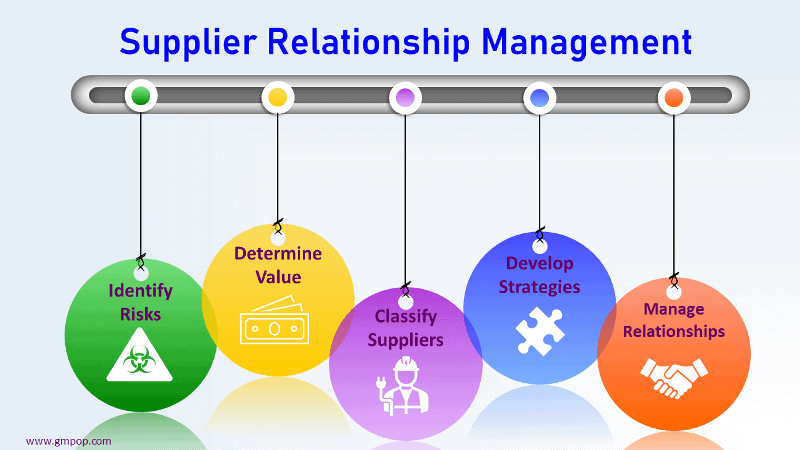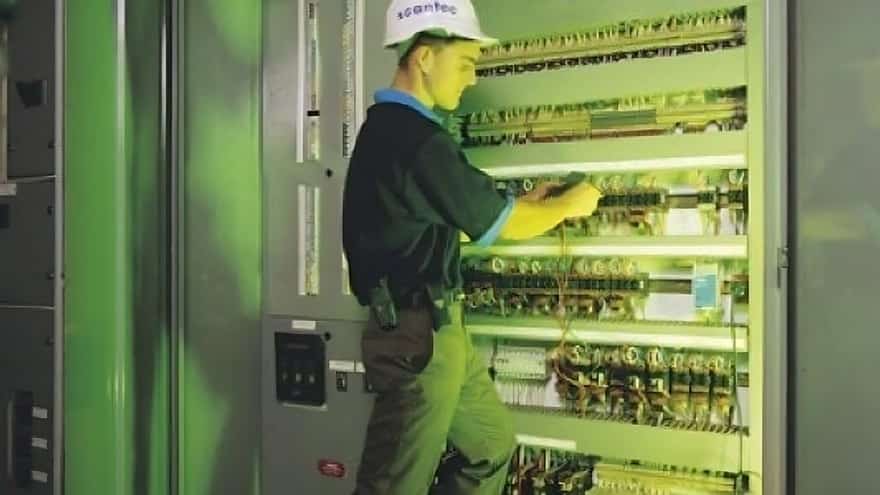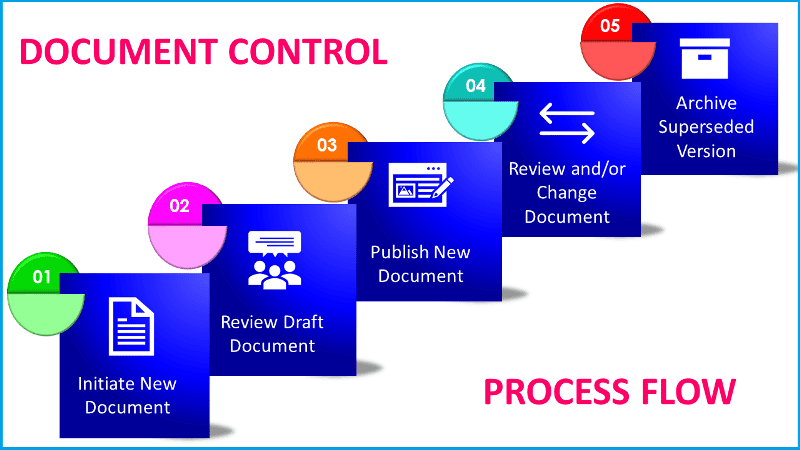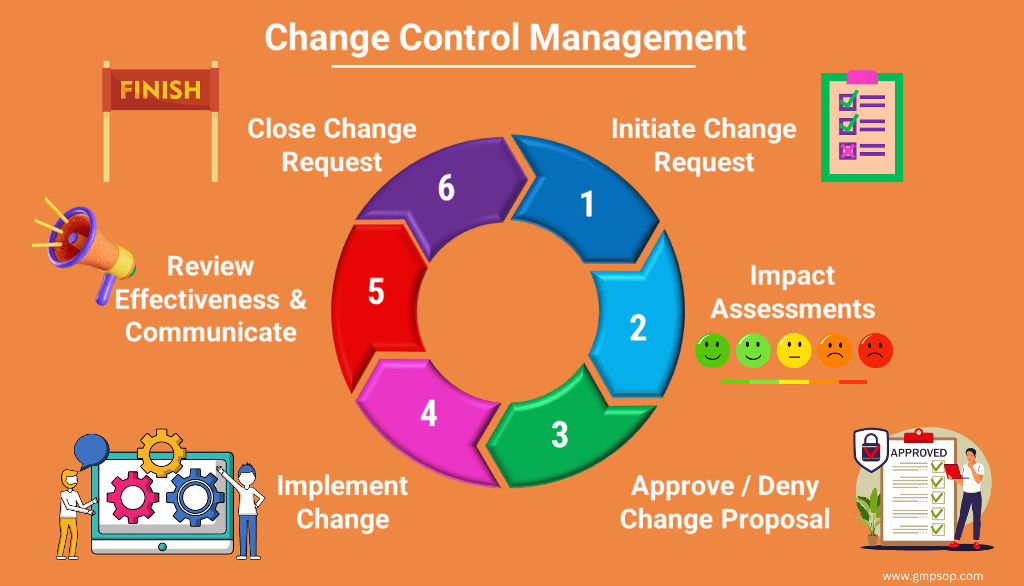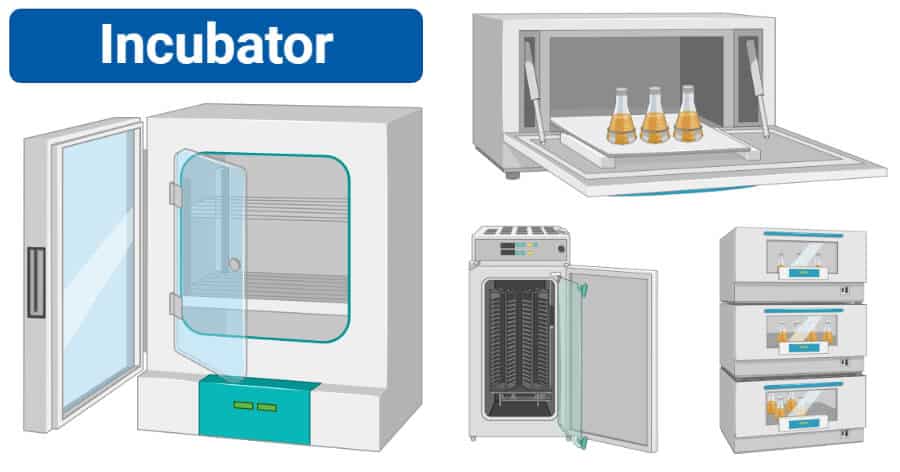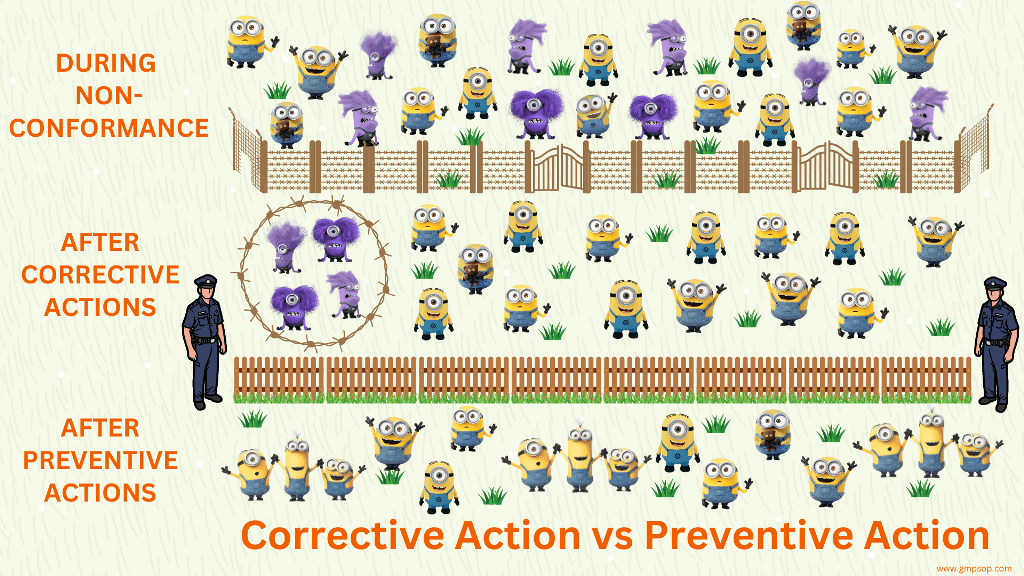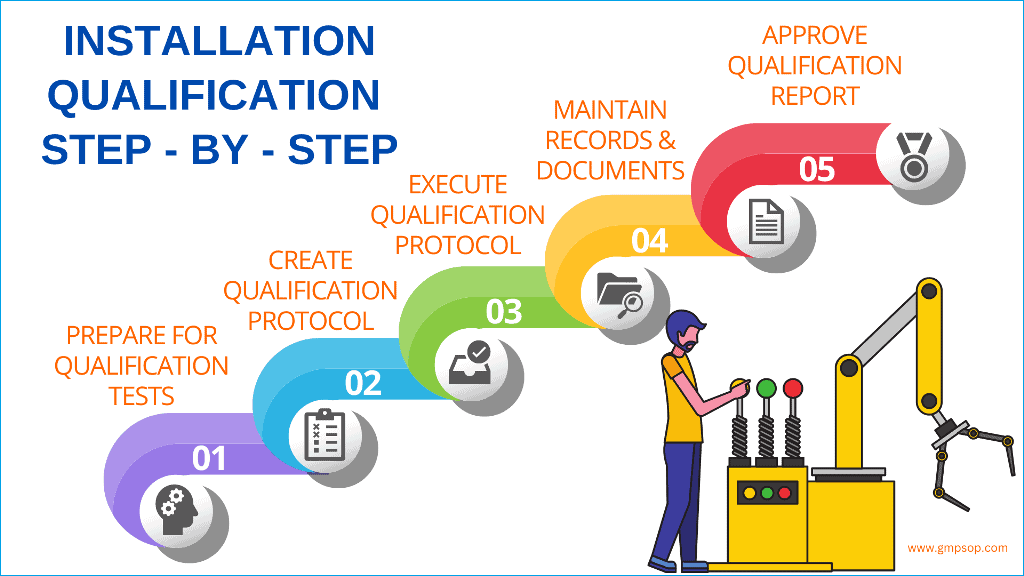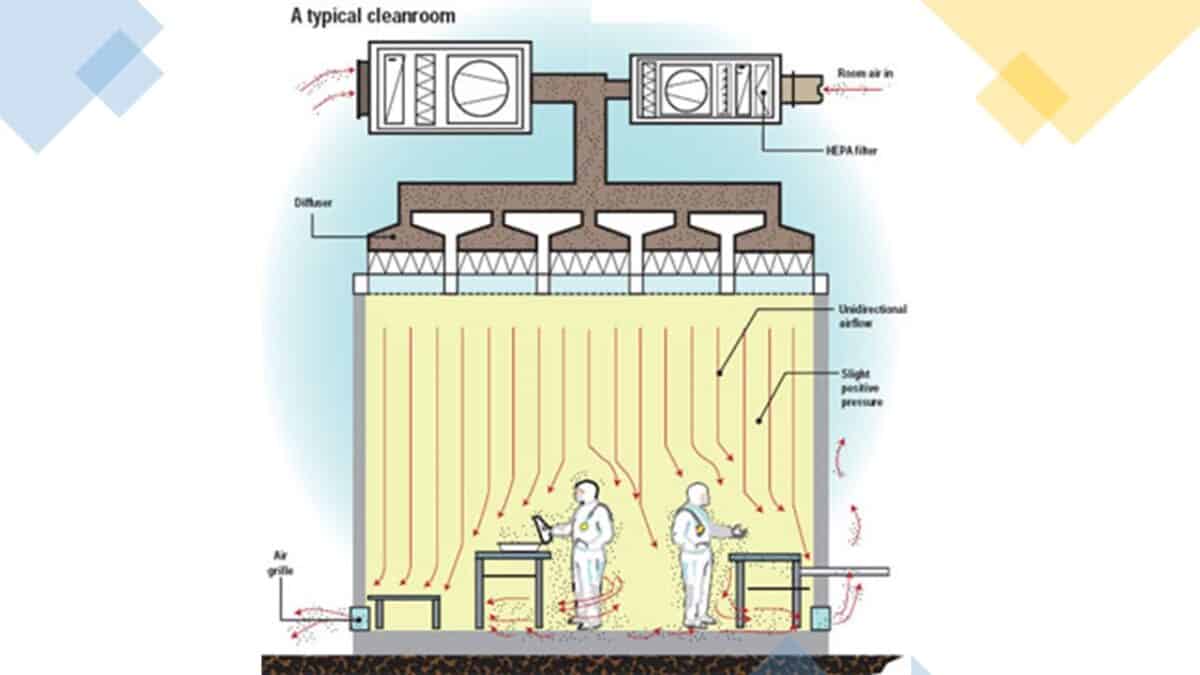
How to test, adjust and balance HVAC systems
- Published on: Nov 28, 2021
Pharmaceuticals manufacturing sites should have procedure and practices for testing, adjusting and balancing of HVAC systems to assure that installed systems operate in accordance with approved design requirements.
Plant operation and maintenance groups should assume responsibilities to install, test and adjust when new HVAC systems are installed or when existing HVAC systems are modified in all GMP facilities.
The following guideline outlines the general requirements for total mechanical systems testing, adjusting and balancing of HVAC systems. Requirements include measurement and establishment of the fluid quantities and temperatures of HVAC systems as required to meet design specifications and the recording and reporting of the results.
This includes, but is not limited to testing, adjusting and balancing of the following parts of the HVAC systems:
1. Supply air systems
2. Return air systems
3. General exhaust air systems
4. Local exhaust air systems
5. Hydronic systems
5. Steam humidification systems
6. Temperature control system operation
What is invloved in testing, adjusting and balancing of HVAC systems?
HVAC systems testing, adjusting and balancing (TAB) is the process of checking and adjusting all building environmental systems to produce design objectives. It includes:
1. The balancing of air and water distribution
2. Adjustment of the total system to provide design quantities
3. Electrical measurements
4. Temperature measurements
5. Verification of performance of all equipment and automatic controls
6. Sound and vibration measurement
240 SOPs, 197 GMP Manuals, 64 Templates, 30 Training modules, 167 Forms. Additional documents included each month. All written and updated by GMP experts. Checkout sample previews. Access to exclusive content for an affordable fee.
Some useful definitions of HVAC systems maintenance
HVAC:
Heating, ventilation and air conditioning is the use of various technologies to control the temperature, humidity and purity of the air in an enclosed space. Its goal is to provide thermal comfort and acceptable indoor air quality.
Test:
To determine quantitative performance of equipment.
Adjust:
To regulate the specified fluid flow rate and air patterns at terminal equipment (e.g., reduce fan speed, throttling).
Balance:
To proportion flows within the distribution system (submains, branches and terminals) according to specified design quantities.
Procedure:
Standardized approach and execution of sequence of work operations to yield reproducible results.
Report forms:
Test data sheets arranged for collecting test data in logical order for submission and review. This data should also form the permanent record to be used as the basis for required future testing, adjusting and balancing.
Terminal:
The point where the controlled fluid enters or leaves the distribution system or heat transfer occurs. These are supply inlets on water terminals, supply outlets on air terminals, return outlets on water terminals and exhaust or return inlets on air terminals such as registers, grilles, diffusers, louvers, hoods and variable or constant volume boxes.
Main, submain & branchmain:
Main is the duct or pipe containing the system’s major or entire fluid flow.
Submain is the duct or pipe containing part of the system’s capacity and serving two or more branch mains.
Branch main is the duct or pipe serving two or more terminals.
Capture velocity:
The velocity of air at a point in space sufficient to draw the contaminated air into the local exhaust hood.
Responsibilities of testing of HVAC systems?
1. Quality Assurance and plant engineering teams shall employ the service of an independent testing, adjusting and balancing (TAB) agency meeting the qualifications specified below, to be the single source of responsibility to test, adjust and balance the building mechanical systems to produce the design objectives.
Services shall include checking installations for conformity to design, measurement and establishment of the fluid quantities of the mechanical systems as required to meet design specifications and the recording and reporting of the results.
2. The independent TAB agency should be certified by National Balancing Association (s) in those testing and balancing disciplines required for this project and have at least one certified Test and Balance Engineer.
3. Test and Balance Engineer should have at least 3-years of successful testing, adjusting and balancing experience on projects with testing and balancing requirements similar to those required for this project.
Codes and standards for testing of HVAC systems?
1. ASHRAE:
a) “Practices for measurement, testing and balancing of building heating, ventilation, air conditioning and refrigeration systems”, ASHRAE Standard 111.
b) ASHRAE Handbook, Last Edition of HVAC Application Volume, Chapter 34, Testing, Adjusting, and Balancing.
2. National Codes and Standards for Testing, Adjusting, and Balancing of Environmental Systems.
3. SMACNA: HVAC Systems testing, Adjusting and Balancing, Last Edition.
4. NEBB: “Procedural Standards for Testing, Adjusting, and Balancing of Environmental systems”.
5. AABC: “National Standard for Total System Balance”
6. AABC 803 “Site Performance Test Standard – Power Plant and Industrial Fans”.
General rules to follow before testing of HVAC systems?
1. Pre-Balancing Conference
Prior to commencing testing, adjusting and balancing procedures, designated business representative should schedule and conduct a conference with TAB agency, Architect/Engineer and representatives of installers of the mechanical systems.
The objective of the conference is to achieve coordination and verification of system operation and readiness for testing, adjusting and balancing.
2. Project Conditions
Systems shall be fully operational prior to start the procedures. Systems affecting each other must be tested and balanced with all systems operation.
3. Sequencing and Scheduling
i. The air systems shall be tested, adjusted and balanced before hydronic, steam and refrigerant systems.
ii. Systems affecting each other must be tested and balanced with all systems in operation.
iii. Air conditioning systems should be tested, adjusted and balanced during summer season and heating systems during winter season, including at least a period of operation at outside conditions within 30°C (60°F) wet bulb temperature of maximum summer design condition, and within 5°C (10°F) dry bulb temperature of minimum winter design condition. The final temperature readings should be taken during seasonal operation.
What are the priliminary procedures for balancing of HVAC systems?
a. Air system balancing
Before operating the system TAB agency shall perform the following:
1. Walk the system from the system air handling equipment to terminal units to determine variations of installation from design.
2. Check filters for design specifications and for cleanliness.
3. Check dampers (both volume and fire) for correct and locked positions and temperature control for completeness of installation before starting fans.
4. Prepare report test sheets for both fans and outlets. Obtain manufacturer’s outlet factors and recommend procedures for testing. Prepare a summation of required outlet volumes to permit a crosscheck with required fan volumes.
5. Determine best locations in main and branch ductwork for most accurate duct traverses.
6. Place outlet dampers in the full open position.
7. Prepare schematic diagrams of system “as-built” ductwork and piping layouts to facilitate reporting.
8. Check if all motors and bearings are lubricated.
9. Check fan belt tension.
10. Check fan rotation.
b. Hydronic systems balancing
Before operating system TAB agency shall perform the following:
1. Inspect the system completely to ensure that:
(A) It has been flushed out, it is clean, and all air is out of the system;
– All manual valves are open, or in operating position;
– All automatic valves are in their proper positions and operative; and the expansion tank is properly charged.
2. Open valves to full open position. Close coil bypass valves.
3. Check if construction strainer baskets have been replaced with permanent clean baskets.
4. Check pump alignment and rotation.
5. Clean and set automatic fill valves for required system pressure.
6. Check expansion tanks to determine that they are not air bound and that the system is completely full of water.
7. Check air vents at high points of systems and determine if all are installed and operating freely (automatic type) or to bleed air completely (Manual type).
8. Set temperature controls so all coils are calling for full flow.
9. Check operation of automatic bypass valves.
10. Check and set operating temperature of chillers to design requirements.
11. Check if all temperature/pressure ports have been installed correctly and functional.
12. Check if boiler, chiller and condenser are started properly.
13. Check if all motors and bearings are lubricated.
How to measure testing, adjusting & balancing of HVAC systems?
a. Measurements
i. TAB agency should provide all required instrumentation to obtain proper measurements calibrated to the tolerances specified in the referenced standards. Instruments shall be properly maintained and protected against damage.
ii. All provided instruments should meet the requirements of this procedure.
iii. Only those instruments which have the maximum field measuring accuracy and are best sited to the function being measured should be used.
iv. Instruments for airflow measurements must be applied as recommended by the manufacturer.
– Pilot Tube should be used to measure static and velocity pressure in the ductwork to determine the air stream velocity and, subsequently, air quantities in ducts using Digital or Inclined Manometers.
– Rotating Vane Anemometer could be used to measure air quantities at grilles, registers, and velocity across the filter and coil face areas.
– Hot wire Anemometers should be used to measure airflow in local hoods (may be used to measure velocity at grilles and register).
– Use the Flow Hood for proportional balance of the airflow between terminals (branches) for each Branch Main.
b. Measuring instruments
The following instruments should be used for the balancing of the hydronic system:
1. Flow meters (ultrasonic stations, turbines, venturi, orifice plate, multiported Pilot tubes, and flow indicators).
2. Manometers, ultrasonic digital meters, and differential pressure gauges (either analog or digital).
3. Portable digital meter to measure temperature flow and pressure drop.
4. Portable pyrometers to measure temperature differentials when test wells are not provided.
5. Test pressure taps, pressure gauges, thermometers, and wells.
6. System components used as flow meters (terminal coils, chillers, heat exchangers, or control valves if using the manufacturer’s factory-certified flow versus drop curves).
7. Flow-limiting or regulator devices (to add a variable load to the pump).
8. Pumps with factory-rated flow coefficients Cv, a flow versus handle position and pressure drop table, or a slide rule flow calculator.
Instruments must have a minimum scale and maximum subdivisions and have scale ranges proper for the value being measured.
When averaging values, a sufficient quantity of readings should be taken which will result in a repeatability error of less than 5 percent.
When measuring a single point, readings to be repeated until 2 consecutive identical values are obtained.
All readings must be taken with the eye at the level of the indicated value to prevent parallax.
Coil testing should be performed with electronic temperature probes. The probes to be used should be immersed in a water bath along with mercury thermometer before starting coil testing.
All probes should be accurate to within +/- 0.5ºC (1ºF) of the true temperature and all probes should read within 0.1ºC (0.2ºF) of each when read with the same instrument.
240 SOPs, 197 GMP Manuals, 64 Templates, 30 Training modules, 167 Forms. Additional documents included each month. All written and updated by GMP experts. Checkout sample previews. Access to exclusive content for an affordable fee.
How to perform testing, adjusting and balancing of HVAC systems?
a. Air flow testing, adjusting and balancing procedure
1. Testing and balancing procedures should be performed on each system identified in accordance with the detailed procedures outlined in the reference standards.
2. Location of test measurement (traverse) planes on ductwork and equipment should be determined according to recommendations. Project Management team or plants personnel responsible for review and approval of the project should ensure that location of the measurement traverses are shown by consulting team on the duct layout drawings.
3. Measurement planes consist of series of taps (traverse points) located around the perimeter of duct or on the vertical sides of a central station air handling unit, packaged air conditioning unit or plenum. The recommended distance between traverse points for rectangular and round ducts should be provided.
4. Static pressure measurement planes are required at both the fan suction and discharge. Airflow measurement planes can be located on either the fan suction and discharge.
For dust collection systems, the airflow measurement plane shall be located on the fan suction side or if space does not permit, on the collector inlet ductwork. When sufficient duct length is not available for a single airflow measurement plane, multiple planes in submains should be used to determine the total fan airflow.
5. If due to space considerations, the length of straight duct from fan suction and/or discharge to duct elbows (or any other reducing fittings) is below what is recommended, the system effect should be calculated and added to the system total pressure losses.
6. Insulation, ductwork and piping for installation of test probes should be cut to the minimum extent necessary to allow adequate performance of procedures.
7. Insulation, ductwork and housing should be patched by using materials identical to those removed.
8. Ducts and piping shall be sealed and tested for repair leaks.
9. Insulation should be re-sealed to re-establish integrity of the vapor barrier.
10. Equipment settings, including damper control positions, valve indicators, fan speed control levers and similar controls and devices must be marked to show final settings. Permanent identification materials should be used.
11. Pilot traverse readings must be reviewed to ensure an acceptable velocity profile at the measuring plane. The uniformity of distribution is acceptable when more than 75% of velocity pressure measurements are greater than 1/10 of the maximum measurement.
12. If conditions at which fan operates during a test are different from the fan rating conditions, the field test data should be converted to fan rated speed and inlet air density.
13. The field test valves of the fan motor input must be converted to the same basis as that used in the fan ratings.
14. Minimum data required for establishing the fan’s actual flow rates, conversion to the fan’s rated conditions and subsequently to review the quality of the overall system balancing should be provided and verified.
15. The variation of actual air flow rates from design criteria should be within ±10% range for supply, return and general exhaust systems, and within 0/+10% range for local exhaust systems.
16. Variation of actual fan performance should be within ± 10% range of the vendor suggested operation.
17. Reset, adjust and balance systems subsequent to significant system modifications, and resubmit test results.
b. Water systems testing, adjusting and balancing procedure
1. The water systems should be balanced by direct flow measurement. Balance by direct flow measurement allows the pump to be matched to the actual system requirements.
2. Pump suction, discharge and differential pressure readings should be taken both full flow and no flow. (For large pumps a no flow condition may not be safe – consult manufacturer). Based on pressure and power readings the pump curve should be established to determine the approximate flow rate.
3. Excess pump pressure and excess operating power should be eliminated by trimming the pump impeller or by reducing the pump speed. The use of throttle valves to absorb the excessive pressure adds a lifelong operating cost penalty to systems operation and therefore, is not allowed.
4. The variation of actual water flow from the design criteria should be within ±10% range, however, the ±5% tolerance band should be used for chilled water supplied to coils when high latent capacity is required and for heating terminals using low temperature water.
5. Preference should be given to the proportional balancing method using direct measurement flow meters. The ratio between actual measured and design water flows should be determined and applies to all terminals.
Manual balancing valves must be adjusted to proportionally balance the system. The balancing should be accomplished in a logical sequence from coil (branch, riser and header) with the lowest percent of design flow to the one with highest percent of design.
6. The pressure drop across balancing valve at the pump discharge is the pressure produced by the pump that is not required to provide the design flow rate to the system.
Once the excess pressure is removed as described above in item 2, the pump discharge balancing valve must be reopened to its wide-open position.
7. When system uses three-way valves, balancer should set the coils for full flow and balance on full flow through the coil. Then change the three way valve to full bypass and set the bypass balancing valve.
If system uses two-way valves with a bypass loop at the end of the system or at the pump, balancer should set the system to full flow and balance with the bypass closed, then measure the differential pressure between the supply and return mains and set the bypass balancing valve to maintain the differential pressure.
8. When system with primary and secondary loop is used, the primary loop should be balanced first. To balance, the system must be set for full flow in both the primary and the secondary loop.
9. After system is balanced, at least on one branch the balancing valve should be fully open.
c. Steam systems testing, adjusting and balancing procedure
1. Steam distribution systems should be balanced by ensuring that the pressure drops are equalized at design flow rates for all portions of the piping system.
2. The spring-type packless supply valves equipped with pre-calibrated orifices or orifice flanges could be used to regulate and measure steam flow at appropriate locations throughout the system.
3. The orifice sizes are determined by the pressure drop required to provide a given flow rate a given location in the system. A schedule should be prepared showing
– Orifice sizes
– valve or pipe sizes
– Required flow rates, and
– Corresponding pressure differentials for each flow rate
4. After the appropriate regulating orifices are installed in the proper locations, the system should be tested for tightness by sealing all openings in the system and applying a vacuum of 70 kPa (20 in.Hg), held for 2 hours.
d. Coils capacity testing, adjusting and balancing procedure
1. Each cooling and heating coil, including reheat coils, should be tested for total performance. All coils shall be tested with the design air and water flows through the coil. Test shall not be performed less than 90 to 95% of design load.
2. The entering and leaving air temperatures shall be simultaneously recorded along with the entering and leaving water temperatures.
3. At least six temperature probes should be used for testing a chilled water coils:
– Entering air dry-bulb temperature;
– Entering air wet-bulb temperature;
– Leaving air dry-bulb temperature;
– Leaving air wet-bulb temperature;
– Etering chilled water;
– Leaving chilled water.
4. A hot water heating coil test requires at least four temperature probes:
– Entering air dry-bulb temperature;
– Leaving air dry-bulb temperature;
– Entering hot water;
– Leaving hot water.
5. Steam and DX coils require measuring the entering and leaving air temperature. (The entering steam pressure should also be recorded for steam coils).
6. To compare the test results with specified coil capacity, the test results should be converted to specify conditions.
7. Use appropriate forms to report coil performance test.
e. Records and report data on HVAC systems testing
1. All data obtained during testing, adjusting and balancing should be recorded in accordance with forms recommended by the referenced standards and as approved on the sample report forms.
2. TAB agency shall prepare report of recommendations for correcting unsatisfactory mechanical performance when system cannot be successfully balanced.
3. Based on the balancing report, forms should be finalized by Plant Engineering and attached to the TAB report and installation operation and validation protocol.
f. Training on HVAC systems testing
Testing and balancing Engineer shall train the company maintenance personnel on troubleshooting procedures and testing, adjusting and balancing procedures. Review with personnel, the information contained in the operating and maintenance Data.
Training schedule should be made with the company through the Architect/Engineer with at least 7 days prior to commencing testing.

Author: Kazi Hasan
Kazi is a seasoned pharmaceutical industry professional with over 20 years of experience specializing in production operations, quality management, and process validation.
Kazi has worked with several global pharmaceutical companies to streamline production processes, ensure product quality, and validate operations complying with international regulatory standards and best practices.
Kazi holds several pharmaceutical industry certifications including post-graduate degrees in Engineering Management and Business Administration.
Related Posts
How to develop supplier relationship management strategies in GMP
How to perform periodic review of systems and processes in pharmaceuticals?
Document Change Control Process in GMP Environment

